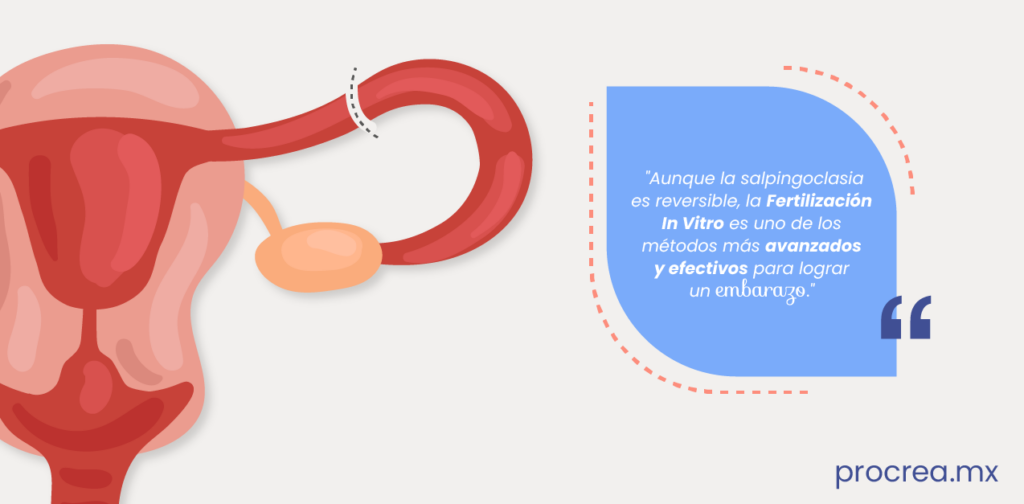Yes it is! Tubal ligation is reversible , but it is a surgical procedure that is not recommended due to the delicate nature of the fallopian tubes. Even if reconnection is successful, scarring of the tubes could lead to blockages that prevent sperm from passing through. If you desire to become a mother again, we recommend the best option to achieve your pregnancy!
Let's remember that tubal ligation, also known as OTB (Obstructed Tubal Ligation), is a permanent contraceptive option for women who no longer wish to have children. It is a surgical procedure that involves cutting or blocking the fallopian tubes to prevent the passage of sperm and fertilization of the egg. While it is a personal decision, many women may change their minds in the future. In such cases, there are methods available that can help you become a mother again.
How is the Reversal of Tubal Ligation Performed?
The reversal of tubal ligation aims to restore the permeability of the fallopian tubes, meaning it reconnects the tubes and allows the passage of eggs and sperm, facilitating a natural pregnancy. While tubal ligation is reversible, it's essential to consider that this procedure does not guarantee the success of a pregnancy. Becoming a mother after the reversal depends on several factors, such as the quality and quantity of the tubes, the woman's age, and the presence of other conditions that may affect fertility.
Before considering tubal ligation reversal, it is advisable to undergo a medical evaluation to assess potential risks and benefits. Additionally, it's important to be aware that the reversal of tubal ligation is a surgical procedure and, like any surgery, carries associated risks such as infections, anesthesia complications, or additional damage to the fallopian tubes.
Your Best Option for Becoming a Mother After Tubal Ligation!
Although tubal ligation is reversible, assisted reproduction offers an option where fertilization of an egg takes place in a laboratory. This is known as In Vitro Fertilization (IVF) , and it is one of the most advanced and effective methods to achieve pregnancy when there are issues with the fallopian tubes.
In the laboratory, gametes (eggs and sperm) are combined in a controlled culture medium to enable fertilization. Depending on the case, the conventional IVF technique can be used, where eggs and sperm are placed together, or Intracytoplasmic Sperm Injection (ICSI)., where sperm is directly injected into the egg.
The Benefits of In Vitro Fertilization (IVF)
- High success rate: IVF offers a high success rate in achieving a successful pregnancy after tubal ligation compared to other methods.
- Genetic evaluation: In this process, genetic testing is performed on embryos before implantation, which helps prevent genetic diseases and improves the chances of a healthy pregnancy.
- Donor selection: If a sperm or egg donor is needed, IVF provides the possibility to select a compatible and suitable donor based on the preferences and specific characteristics of the couple.
The IVF provides an effective and viable option to overcome tubal infertility and fulfill your dream of becoming a mother. If you are considering the possibility of having a child after tubal ligation, visit Procrea where our specialists will guide you through the entire process with comprehensive care.















